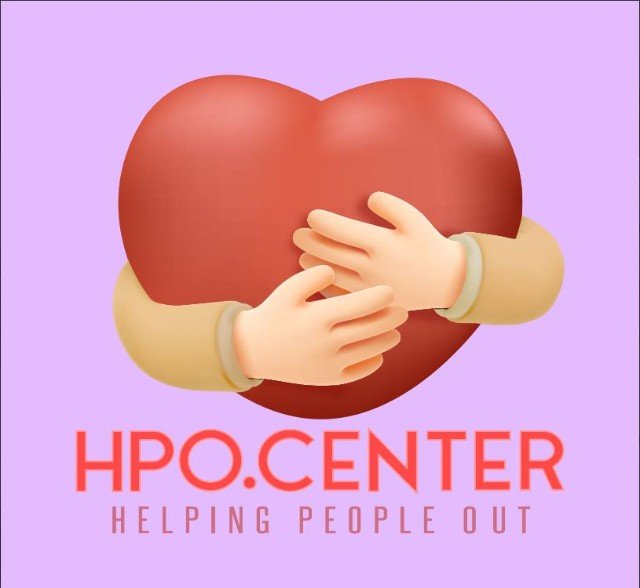A Logo That Falls Short: How to Redesign for Greater Impac
Fixing a Logo That Doesn’t Resonate: Designing an Audience-Centric Logo
Is your logo failing to create the impact you hoped for? A logo that doesn’t align with your audience can weaken your brand’s presence and fail to engage your customers. Creating an audience-centric logo involves tailoring your design to meet the preferences and expectations of your target market. Here’s how to design a logo that truly resonates with your audience and strengthens your brand’s appeal.
The Problem: A Logo That Misses the Mark
When a logo doesn’t connect with your target audience, it can lead to:
Weak Brand Affinity: If your logo doesn’t speak to your audience’s tastes and values, they may not feel a strong connection with your brand.
Lost Engagement: An unappealing logo can result in lower engagement and diminished loyalty among your audience.
Confused Brand Messaging: A logo that doesn’t reflect your brand’s core message can create confusion about what your brand stands for.
The Solution: Designing a Logo with Your Audience in Mind
1. Dive Deep into Audience Insights
Understanding your audience is the foundation of a successful logo design.
Identify Key Demographics: Analyze your audience’s age, gender, location, and income to guide your design choices.
Explore Interests and Values: Delve into what your audience values and enjoys, and ensure your logo reflects these elements.
Gather Feedback: Use surveys and market research to understand what appeals to your audience and how they perceive your brand.
2. Design with Audience Preferences at the Forefront
Craft a logo that resonates with your audience’s tastes and expectations.
Select Meaningful Colors: Choose colors that align with your audience’s preferences and evoke the right emotions. For example, vibrant colors might appeal to a younger audience, while muted tones might suit a more mature demographic.
Choose the Right Typography: Pick fonts that reflect your brand’s tone and are attractive to your target market. A modern sans-serif might appeal to tech-savvy users, while a classic serif might resonate with a traditional audience.
Incorporate Relevant Imagery: Use symbols and icons that relate to your audience’s interests and industry. Ensure these elements are straightforward and relevant.
3. Align Your Logo with Brand Values and Messaging
Ensure your logo aligns with your brand’s core message and values.
Highlight What Matters: Integrate elements that represent the values and missions that resonate with your audience.
Communicate Clearly: Your logo should clearly convey your brand’s purpose and avoid creating any confusion.
Avoid Mismatched Elements: Ensure that every aspect of your logo accurately reflects your brand’s identity and message.
4. Test Your Design and Gather Feedback
Validate your logo design with your target audience.
Conduct Focus Groups: Present your logo concepts to representative samples of your audience and gather their feedback.
Run Practical Tests: Use A/B testing to compare different logo designs and see which one performs better in real-world scenarios.
Refine Based on Insights: Adjust your design according to the feedback you receive to better align with audience preferences.
5. Ensure Versatility and Consistency
Your logo should be adaptable and consistent across various platforms.
Design for Different Uses: Make sure your logo looks good in various sizes and formats, from social media icons to large banners.
Maintain Consistent Use: Apply your logo consistently across all branding materials to build recognition and coherence.
Create a Style Guide: Develop guidelines for logo usage to ensure it remains consistent and effective across all brand touchpoints.
6. Stay Current with Audience Trends
Keep your logo relevant by adapting to changing trends.
Monitor Shifts in Preferences: Stay updated on changes in audience preferences and adjust your logo if needed to stay relevant.
Adapt to Market Trends: Be aware of industry trends and how they might influence your audience’s expectations, updating your logo design as necessary.
Bringing It All Together
To create a logo that resonates with your audience, start by deeply understanding their demographics and preferences. Design a logo that reflects their tastes and aligns with your brand’s values. Validate your design through testing and feedback, and ensure it’s versatile and consistent. Stay attuned to audience trends to keep your logo fresh and relevant.
By focusing on these strategies, you’ll design a logo that builds a strong connection with your audience, enhances engagement, and reinforces your brand’s identity. Start creating an audience-centric logo today to make a lasting impression and strengthen your brand’s presence.

